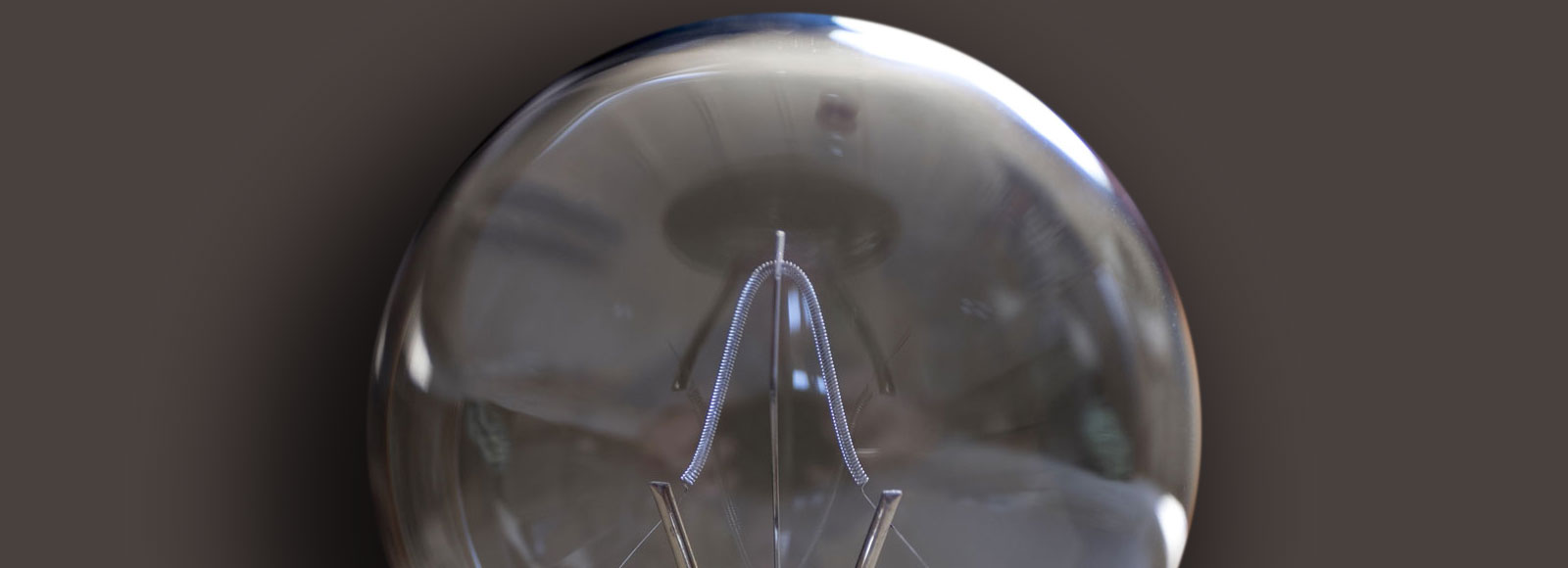pray for buffalo #3
10 - 01/23 /09:08
The U.S. Supreme Court in June ruffled feathers when it ruled that a high-school football coach was improperly fired for praying at mid-field with his players.
The idea that prayer is improper at sporting events was suddenly discarded last Monday night. Nine minutes into an NFL game, Damar Hamlin collapsed. Emergency medical staff resorted to cardiopulmonary resuscitation to stave off death.
Suddenly prayer was back on the list of things anybody could do anywhere—even on camera.
The idea that prayer is improper at sporting events was suddenly discarded last Monday night. Nine minutes into an NFL game, Damar Hamlin collapsed. Emergency medical staff resorted to cardiopulmonary resuscitation to stave off death.
Suddenly prayer was back on the list of things anybody could do anywhere—even on camera.
~ Adapted from an article by Barton Swain ~
Paycor Stadium, where the game was played, is government property. But no one, so far, has raised an objection to the Monday night prayers offered up at mid-field.
Damar Hamlin’s fall prompted a religious response. The ominous way the lithe 24-year-old dropped to the turf visibly shocked players and appalled viewers. Everyone soon realized finishing the game was no longer on the agenda.
Prayer became the agenda.
Legal or cultural prohibitions of sporting-event prayers were rescinded. Players knelt in public prayer. TV commentators repeatedly spoke of prayers. A fan held up a hastily made placard bearing the words “Pray for Buffalo #3 Hamlin.” Fans from both teams formed prayer circles outside the medical center to which Damar Hamlin had been taken.
Suddenly prayer—the ancient activity of speaking to God in the belief that He can hear and He cares and will respond—was everywhere.
That Monday night the NFL issued the secularly safe statement that its “thoughts” were with Damar Hamlin. By the next day the league fixed its social-media avatar, conforming with all 32 NFL teams: an image of Mr. Hamlin’s No. 3 jersey bearing the words “Pray for Damar.”
Former quarterback Dan Orlovsky, discussing the game on ESPN, did the unthinkable: He bowed his head and prayed. Out loud. Two other commentators bowed with him, each adding their “Amen.” You felt they meant it.
Lee Habeeb wrote in Newsweek, “We took a knee because for so many of us—those of us who believe in God and are not merely ‘spiritual’—there is nothing like the power of prayer to change the world.”
Are all the social-media posters urging #PrayForDamar actually praying? And if they are, are they praying to the one true God? Never mind. There is something beautiful in the desire to entreat God to aid another person.
Malcom Muggeridge wrote, “I have always had an inner and unaccountable conviction that any religious expression of truth, however bizarre or uncouth, is more sufficing than any secular one, however elegant and intellectually brilliant. Animistic savages prostrating themselves before a painted stone have always seemed to me to be nearer the truth than any Einstein or Bertrand Russell.”
It’s reported that Damar Hamlin’s neurological functioning, against every expectation, is excellent. Not everyone is surprised by this good report.
Blessings,
Dan Nygaard






